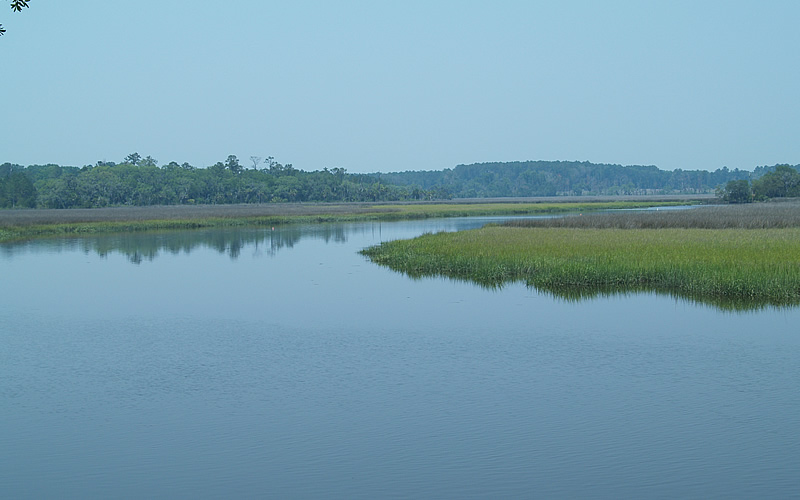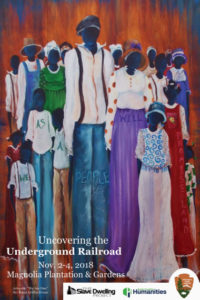By Herb Frazier | Scholars, living historians and enslaved descendants will gather Nov. 3 at Magnolia Plantation and Gardens to show that the Underground Railroad was more than a network of secret routes to northern states and Canada that enslaved Africans followed to freedom.
Through exhibits, performances and demonstrations, presenters will reveal that the Underground Railroad also included rebellion, maroon communities and people escaping south to Florida and beyond.
“Uncovering the Underground Railroad: Perspectives in Freedom” will be held Nov. 3 at Magnolia. The Slave Dwelling Project, South Carolina Humanities and the National Park Service have joined with Magnolia to sponsor this event designed to dispel commonly-held beliefs about the Underground Railroad.
Conference presenters will share stories and strategies used by the people who ushered others to safety.
- To register for the conference, send an email to slavedwellingproject@gmail.com.
The conference sponsors have partnered with Outdoor Afro South Carolina and Sea Kayak Carolina to offer a Nov. 4 kayak tour for experienced kayakers on the Combahee River, the waterway Harriet Tubman, who worked as a spy for the Union Navy, used to lead enslaved people to freedom during the Civil War.
- To take the kayak tour, send an email to info@seakayakcarolina.com.
Conference speakers will include: Michael Moore, chief executive officer and president of the International African American Museum and a great-grandson of Robert Smalls, who commandeered a Confederate boat during the Civil War; Shawn Halifax, cultural history interpretation coordinator at McLeod Plantation; Thomas Jackson, a reenactor with the Fort Mose Historical Society, St. Augustine, Fla.; storyteller Dontavious Williams; Sheri Jackson, regional program manager for the National Park Service’s Southeast region: Diane Miller, NPS national program manager, National Underground Network to Freedom; and singer Ann Caldwell.
Joe McGill, founder of the Slave Dwelling Project, said this conference is a different way of telling stories of the enslaved. “
While the Slave Dwelling Project focuses on places where people were enslaved, Uncovering the Underground Railroad focuses on places where the enslaved were running from.”
Tom Johnson, Magnolia’s executive director, added, “Magnolia has embarked in recent years on an effort to tell the inclusive and revealing stories of the struggles faced by people who were enslaved.
“Our continuing partnership with the Slave Dwelling Project moves us to yet another level of interpretation of slavery to tell those little-known stories of the Underground Railroad. We also want to thank the National Park Service and Humanities South Carolina for their support to tell this important part of American history.”
Conference organizers asked Beaufort artist Sonja Griffin Evans to create an image that depicts travelers on the Underground Railroad. She was inspired to create “We are One” – a colorful painting of faceless men, women and children with elongated forms who, as freedom seekers, embarked on a journey of self-emancipation. They understood, she said, “that the only way we as a people would make it to the promise land was banding together. My hope is that we understand and continue their vision of freedom.”
- More info: Magnolia Plantation and Gardens
- Have a comment? Send to: editor@charlestoncurrents.com





 We Can Do Better, South Carolina!
We Can Do Better, South Carolina!
























